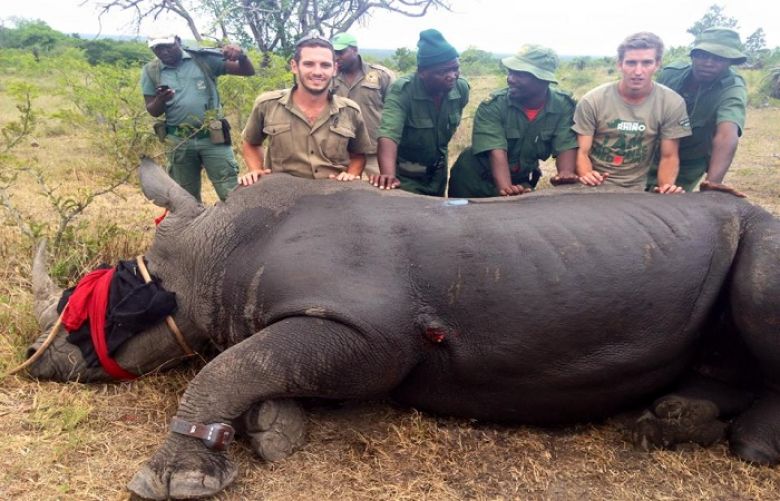An enormous turtle hangs as a good-luck charm from the wall of a traditional medicine shop in a Chinese part of Ho Chi Minh City, Vietnam’s commercial hub. Traders who line both sides of the street, tending shops filled with fungi and fragrant bark, insist that they have no such ornaments for sale. One youth says he has heard a neighbour might have stocks of tiger glue, a tonic supposedly made from boiling up big cats. But he warns that the rancid gloop is very pricey—and also probably fake.
Vietnam’s ruling Communist Party looks increasingly embarrassed by the country’s reputation as one of Asia’s worst wildlife-trafficking hubs. On November 17th and 18th it will advertise its efforts to quash the industry at an international wildlife conference in Hanoi, the capital, which will be attended by representatives from about 40 countries. But while the sale of exotic animal parts in Vietnam’s big cities is gradually growing less blatant, it may not be getting rarer: the trade still flourishes, online and underground.
Vietnam’s unsavoury appetites include ivory, pangolin, bear bile and tiger parts. But it is its taste for rhino horn that has lately caused the most consternation abroad. Rising demand from Vietnamese traders is widely blamed for a vast increase in the number of rhinos killed annually in South Africa, which shot up from only about a dozen in 2007 to 1,175 last year.
A lot of the horns entering Vietnam are sold to Chinese visitors, or smuggled into China in bulk (controls are looser at the land border than at Chinese air- and seaports). But they are also consumed by rich Vietnamese, at least some of whom believe that drinking powdered horn can help treat ailments including cancer. Rhino horns are often given to bosses and business partners. Hosts sometimes grind them up at parties to flaunt their wealth.
Distributing grisly pictures of animal carcasses does not much dampen demand, reckons Madelon Willemsen of TRAFFIC, a charity. She thinks such images might even add to rhino horn’s exotic appeal. Wildlife campaigners have instead focused on convincing Vietnamese businessmen that brown-nosing peers with expensive gifts is unnecessary and unimpressive. One particularly effective message, notes a local activist, has been to remind Vietnamese that rhino horns are made of the same stuff as human nails and hair.
The Vietnamese government promises action, on this and similar scourges. In October border guards seized at least four shipments of ivory, horn and other illicit wildlife products, an unusually large haul (cynics wonder whether their vigilance will cool after this month’s conference). A new penal code which is supposed to come into force next year could be a big step forward: it introduces criminal penalties for wildlife offences which until now have been punishable only with fines.
Yet campaigners warn that tougher sentencing will make no difference if police keep failing to drag offenders before the courts. On November 14th the Wildlife Justice Commission, a charity, plans to release more details of an investigation into wildlife trafficking at a village not far from Hanoi. It says it saw more than $50m-worth of illegal products for sale there, including 579 rhino horns. The charity handed its findings to the Vietnamese government in January, but is still waiting to hear whether charges will be brought against the dealers involved. It is about time the state joined the hunt.

